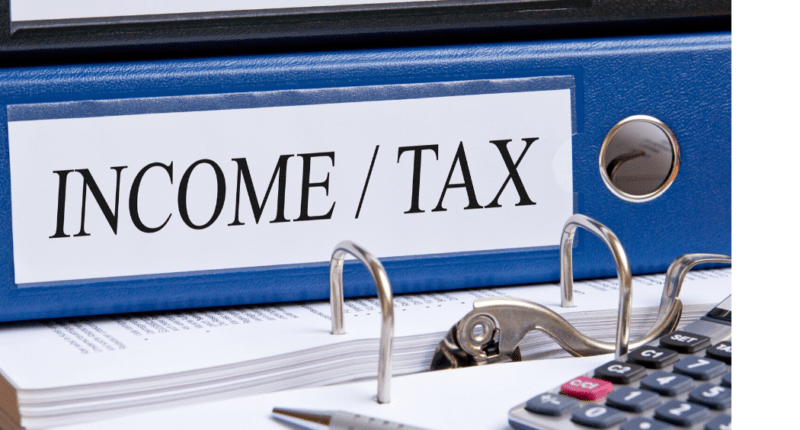In the last-minute rush to file the return near the deadline, there are chances of errors or omissions while filing income tax returns. Mistakes might occur due to limited knowledge of the provisions of tax laws or lack of accurate information available when filing the original return.
What is a revised return?
When the taxpayer discovers any omission, error or wrong statement in the original income tax return, it can be rectified by submitting a revised return under section 135(5).
Earlier revised returns could be filed by those who have filed the original return before the expiry of the due date of filing ITRs. However, section 135 (5) has been amended, and revised return can now be filed even for the belated returns, i.e. for the returns filed after the due date.
What is the last due date to file a revised return?
Previously, the Income Tax Act allowed you to file the revised return till the end of one year from the relevant assessment year. This means that the assessee would get two years to file the revised return from the end of the financial year. This time limit to file the revised return was modified in FY 2018-19 and was reduced to the end of the assessment year or before the assessment is made whichever is earlier. Which means revised return for FY 2019-20 can be filed till the end of the assessment year, 31st March 2021.,
How to file a revised return?
The method of filing and verification for the revised return is similar to that of an original return. No separate form is available filing a revised return. Still, taxpayers should remember to tick the box that specifies a revised return and mentions the original return’s date acknowledgement number.
Also Read: Ways To Check Your Income Tax Refund Status
The steps to file the revised return is similar to filing the original return except for few below-mentioned steps: (revised return filing through income tax portal)
- After logging in to the income tax portal, go to the ‘e-file’ menu and click on the ‘income tax return’ link.
- Your PAN will be auto-populated, after selecting assessment year, and ITR form, please choose the filing type carefully as ‘revised return’. Please note that it is mandatory to enter a 15 digit acknowledgement number while filing the revised return. For the paper filed original return if acknowledgement number received is less than 15 digits, kindly suffix the acknowledgement number with zeros.
- Rest full return is to be filed in the same manner as the original return.
Revised return filing through ClearTax :
- Go to the ClearTax account login page and log in to your account.
- After logging in, go to the ‘My Tax Returns’ option under ‘My Account.’
- From the tax returns list, click on ‘start filing’ on the return you want to revise. You can only revise the returns that have already been filed.
- Choose an option whether or not you have Form 16.
- Once you’re on the returns page, click on ‘Advanced Options’ under ‘My Account’ which is available on the top right corner.
- A pop-up screen will appear. Further click on ‘Advanced Options.’
- Click on the first option, which is – ‘Directly Revise The Tax Return.’
- Enter the date of filing of original return and the acknowledgement number to start revising your tax return. These details can be obtained from the ITR-V – the acknowledgement of the original income tax return filed.
- Now enter all the details of your income and personal information in the appropriate fields, and file your revised income tax return.
Points to be noted for filing revised return:
- Once a revised return is filed, the original return stands withdrawn.
- Till AY 2017-18, only returns that were filed within the due date could be revised. However, all the returns, including belated returns, can be revised subsequently.
- Revised return cannot be filed under section 135 (5) if the income tax department has already assessed your return.
- Revised return can be filed if an assessee fails to claim any deduction or report income in the original return or case of any information has come to the taxpayer’s knowledge after filing the original return.
- The receipt number and acknowledgement number of the original; return is must for filing revised return.
- Revised return can be filed only in the situation of ‘omission or wrong statements’ which are unintentional in nature. Revised returns cannot be filed in cases where there is ‘concealment or false statements’. The assessing officer may charge a penalty of 50 per cent of total tax payable on the under-reported income, or 200 per cent of the tax payable on the misreported income.
- If the assessment is made before the filing of a revised return, and the assessing officer finds out any hidden income in the original return, then penalty may or may not be levied by the income tax officer based on the justification received from the assessee.
- There is no maximum limit on the number of times a return can be revised. However, a revised return is to be filed in the same mode as the original return was filed, i.e. if the original return was filed electronically, the revised return has to be filed electronically. In case the original return was filed physically, the revised return should also be filed physically.
For any clarifications/feedback on the topic, please contact the writer at jyoti.arora@cleartax.in

I am a Chartered Accountant by profession with 4+ years of experience in the finance domain. I consider myself as someone who yearns to explore the world through travelling & Reading. I believe, the knowledge & wisdom that reading gives has helped me shape my perspective towards life, career and relationships. I enjoy meeting new people & learning about their lives & backgrounds. My mantra is to find inspiration from everyday life & thrive to be better each day.





